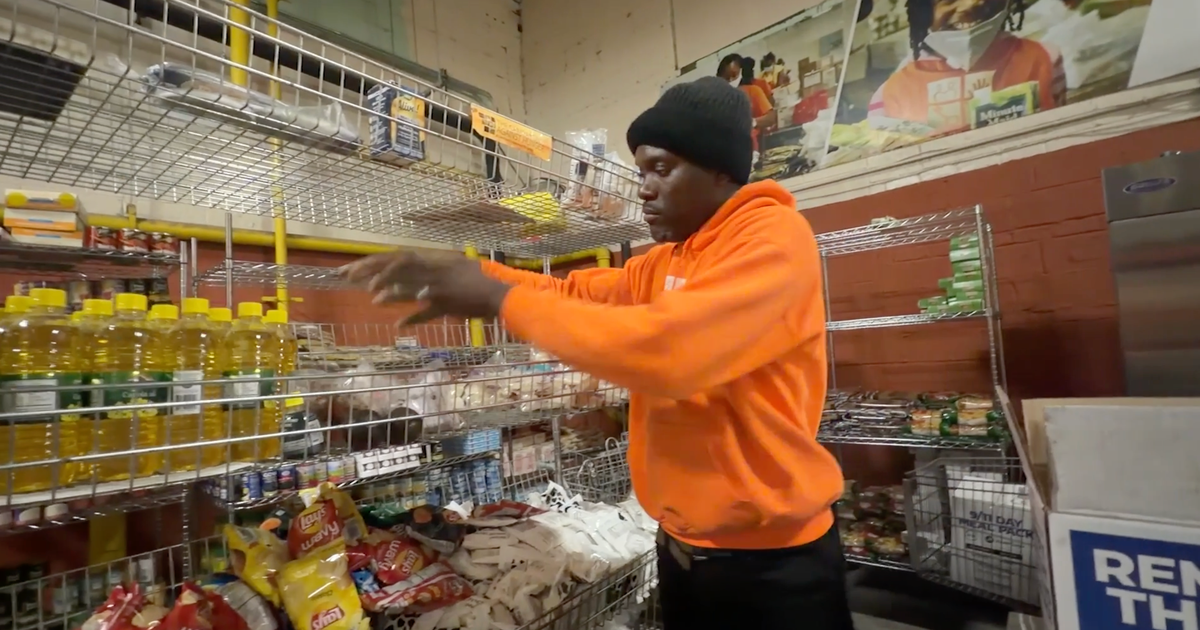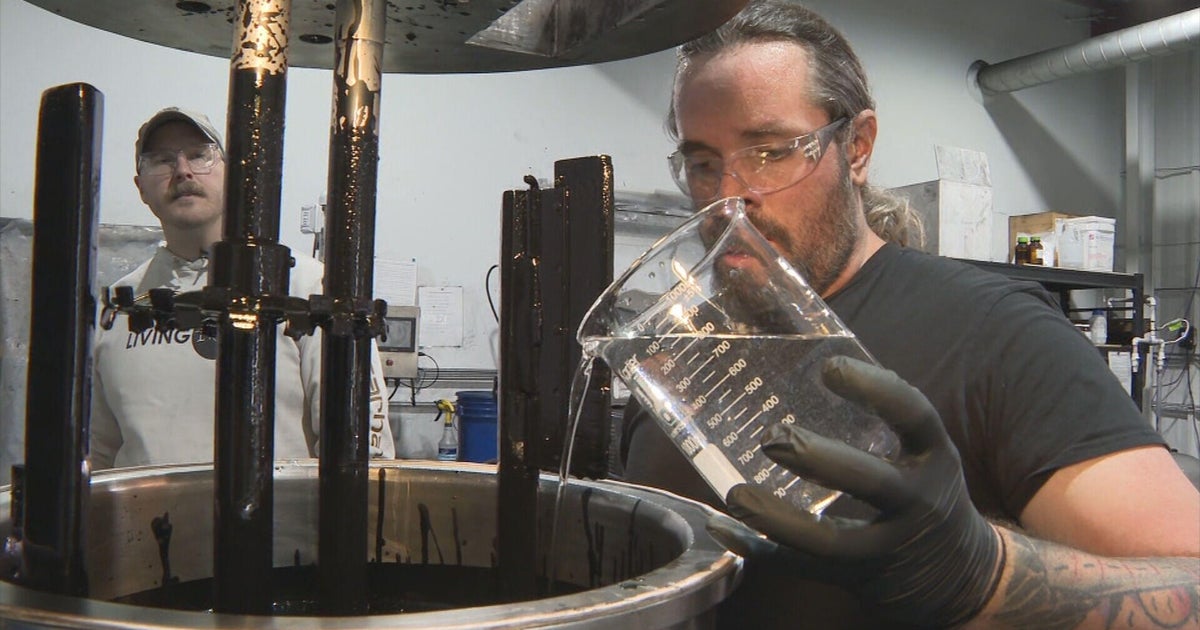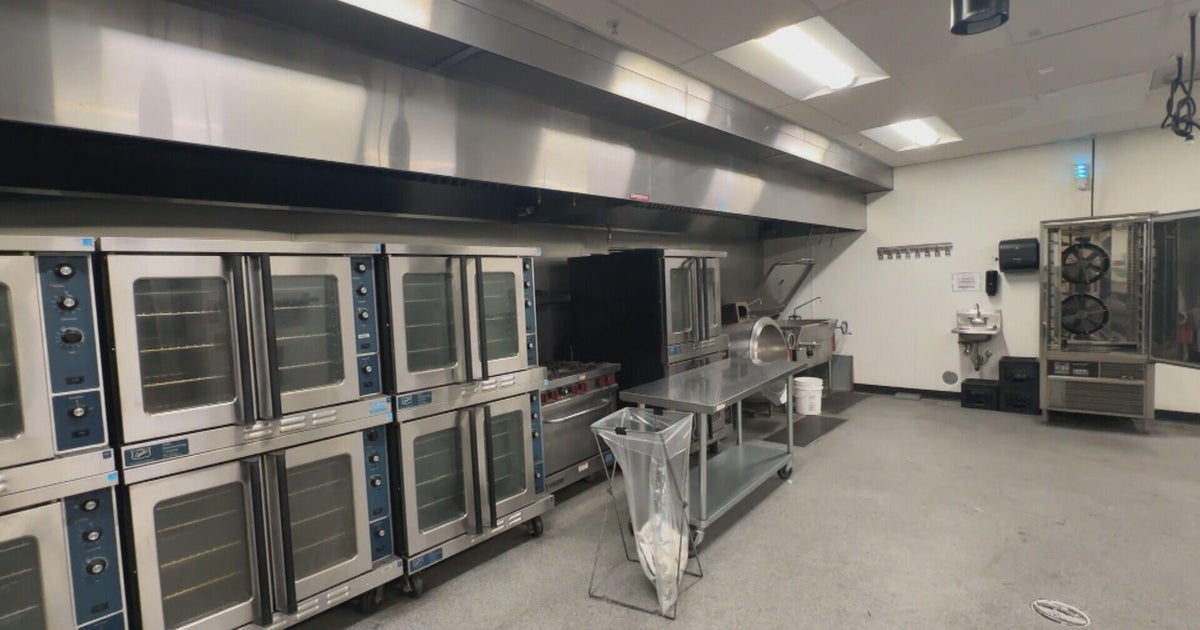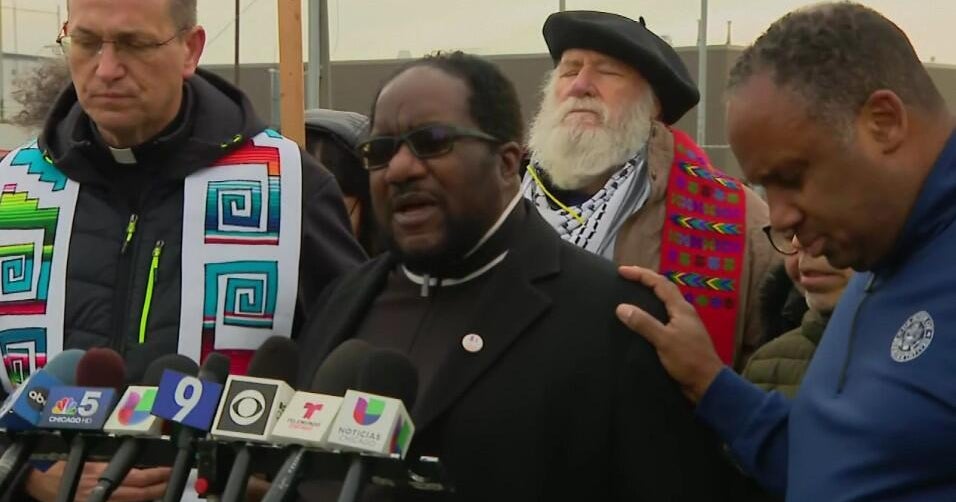Developers are building a greener future for New York City. Here are some of the innovative ideas.
NEW YORK - As New York City combats climate change, buildings aren't the only things sprouting up in the Big Apple.
What's growing on - and in - an increasing number of buildings may surprise you.
Growing food on the roof
A roof-to-table farm on top of the Javits Center is just one example of how the city is building a greener future.
Rain or shine, an isolated ecosystem takes shape under the meticulous care of Brooklyn Grange farmers. CEO Ben Flanner said what makes this project different from their other farms was a conceptual collaboration from the ground up.
"it's truly a circular system," said Flanner. "And Javits had the foresight to design that into the construction, which was really important."
A 340,000 gallon cistern beneath the building collects storm water for the farm's irrigation. Javits then uses the fruits, vegetables and herbs to serve the conference center's clients from the Cultivated kitchen.
Farmers grow 20,000 pounds of food each year, and whatever is not eaten by visitors to Javits gets donated to the Bowery Mission.
"It could be in every meal in some way," Flanner said. "At the peak of the season, it could be integrated into almost every dish."
Addressing the needs of NYCHA buildings
While new climate-focused construction continues, projects around the city are also addressing the complicated needs of older buildings, like the hundreds of aging Housing Authority properties. NYCHA is now piloting new easy-to-install window units to bring central heat and air to long-time tenants at the Woodside Houses in Queens, who never had their own temperature control.
"I love it," Regina Fred said about her Gradient model.
"Your skin was so dry, and it was either too much or too cold," added neighbor Sandra Ruffen. "You had to be opening the windows all the time or sleep with the fan to get some air, and ever since we have this, the air is so pure. You can breathe."
Data NYCHA is collecting shows successfully sustained temperatures with smaller consumption, helping to achieve the agency's goal to reduce emissions by 80% by 2050.
"We're seeing big improvement in the amount of energy that it takes to heat one of these apartments," said NYCHA's senior sustainability director Soibhan Watson, "and we think it has a lot of potential for being the new solution for heating and cooling."
The Woodside complex is simultaneously seeing newly designed roofs and outer walls as well.
Green ideas for brownstones and other homes
Harlem-based advocacy group WE ACT For Environmental Justice hopes to show homeowners how they, too, can contribute to combat climate change. A brownstone they bought from the city for $1 is now being transformed into a new passive design that includes solar panels on the roof and space for community groups.
"We want them to understand the issues and be able to engage and to develop solutions," explained WE ACT executive director Peggy Shepard.
Sen. Chuck Schumer recently awarded WE ACT $1 million towards programming in the new headquarters, which includes training a local solar workforce.
New market rate apartment complex Perch Harlem also boasts a passive footprint.
The city's Housing Preservation and Development Commissioner Adolfo Carrion said that is the goal for a series of all-new projects announced this years as part of a 24 in 24 plan to address both housing needs and the climate crisis.
A deserted parking lot in Inwood will soon become a 574-apartment building with a Harlem River park for the neighborhood.
"We're a city of 578 miles of waterfront," Carrion pointed out. "And the majority of that waterfront is inaccessible, and it's tragic."
"We're dealing with the future"
The agency held its first community meeting for neighbors to provide feedback on what they hope to see. Now, architects will submit designs with those ideas in mind.
"This will be a small carbon footprint building as are the other sites," said Carrion. "We're providing affordable housing, developing sites that are underdeveloped and are a drag on neighborhoods. And we're dealing with the future, which is the climate change impacts."
At Javits, the farm sees the results of their efforts when wildlife stop by on their way down the Hudson River.
"We have multiple bats that come through the orchard at night," Flanner said. "We have we have mushrooms fruiting around the trees, just a huge amount of biodiversity."
"The urban heat island effect is a real thing," he continued. "It's warmer in the city, but if we can have trees, ground level plantings, green roofs...all those things can can slowly work to absorb some of that heat, combat it and create a healthier environment for us."
Have a story idea or tip in Harlem? Email Jessi by CLICKING HERE.








